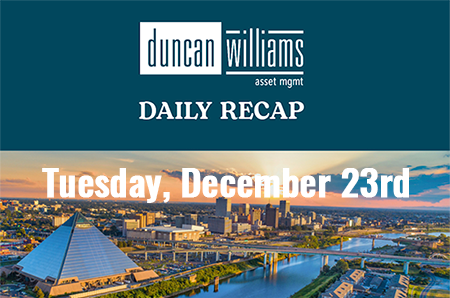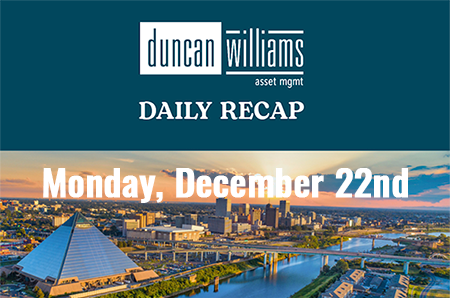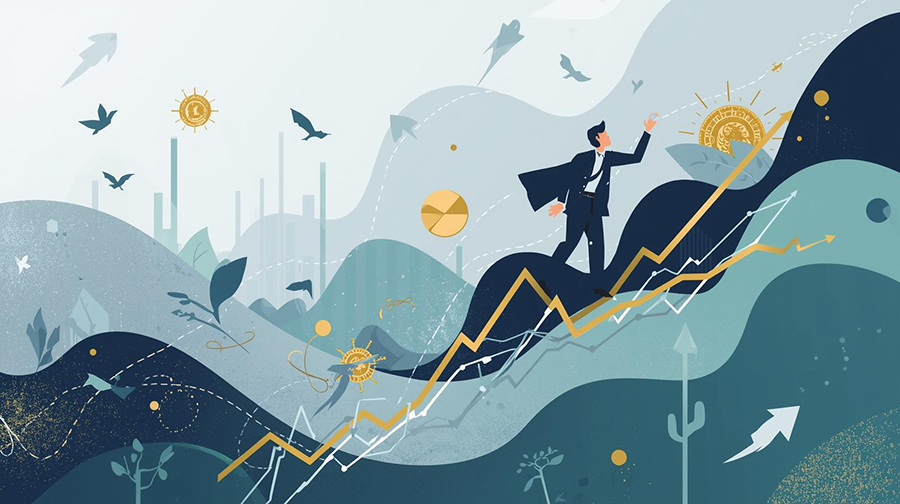
U.S. Economic Growth
The U.S. economy saw a notable increase in real Gross Domestic Product (GDP) for the second quarter of 2024, growing at an annual rate of 2.8%. Increases in consumer spending, inventory investment, and business investment primarily drive this growth. However, imports also rose, which offset some of the gains—the first quarter of 2024 had a 1.4% increase in GDP (BEA) (BEA).
Personal Income and Spending
Personal income in the U.S. rose by 0.2% in June 2024, amounting to an increase of $50.4 billion. Disposable personal income also saw a similar increase of 0.2%, while personal outlays grew by 0.3%. This indicates a steady rise in consumer spending, reflecting confidence in the economy despite persistent inflation concerns (BEA).
Inflation Trends
The Personal Consumption Expenditures (PCE) price index, a key measure of inflation, showed a year-over-year increase of 2.5% in June 2024, down slightly from 2.6% in May. This cooling of inflation could influence future Federal Reserve decisions regarding interest rates (BEA).
International Economic Position
The U.S. current account deficit widened by $15.9 billion to $237.6 billion in the first quarter of 2024. This represents 3.4% of the current-dollar GDP, up from 3.2% in the previous quarter. Additionally, the U.S. net international investment position was -$21.28 trillion at the end of the first quarter of 2024 (BEA) (BEA).
Global Economic Outlook
Globally, economic growth is expected to stabilize for the first time in three years. The World Bank projects global growth to remain steady at 2.6% in 2024, slightly improving to 2.7% in 2025-26. However, this growth rate is lower than the 3.1% average in the decade before the COVID-19 pandemic. Developing economies are projected to grow at a faster rate of 4% (World Bank).
Summary
The U.S. economy shows robust growth with increased GDP and personal income, though challenges such as a widening current-account deficit and ongoing inflation remain. Globally, economic growth is stabilizing at a lower rate than pre-pandemic levels. These trends indicate a complex financial landscape with both opportunities and risks.












